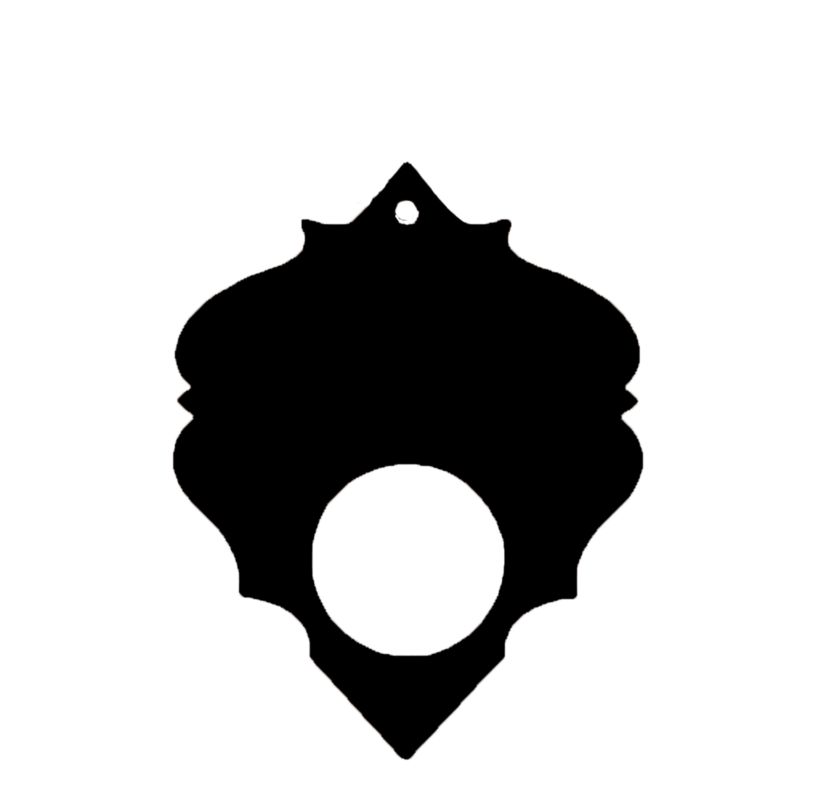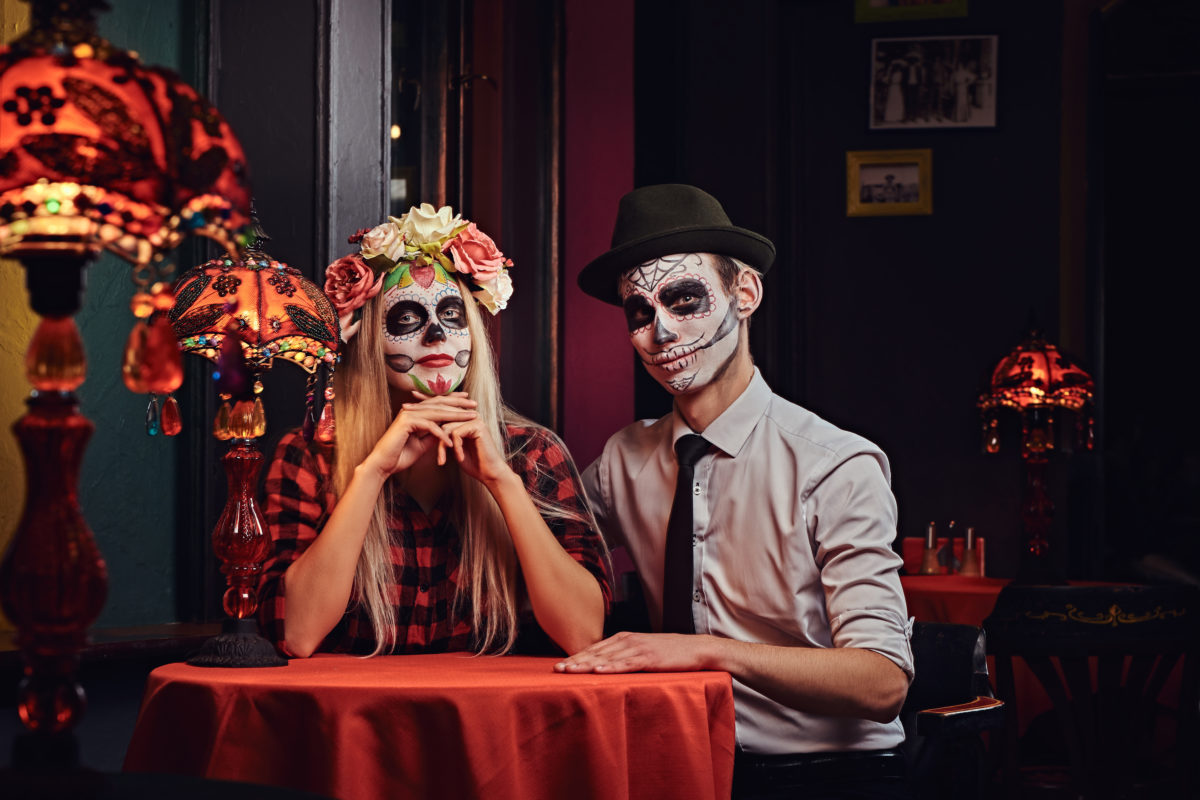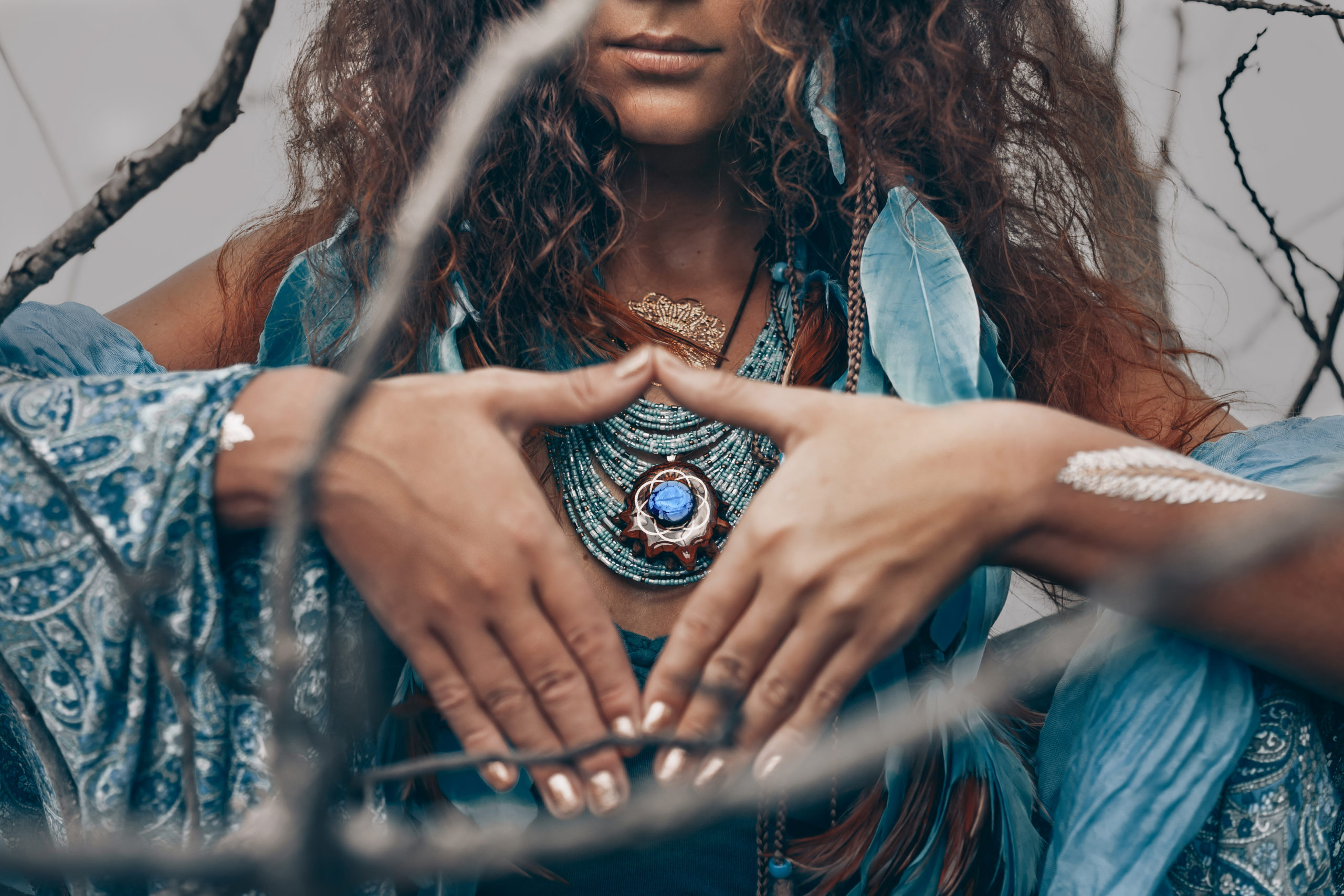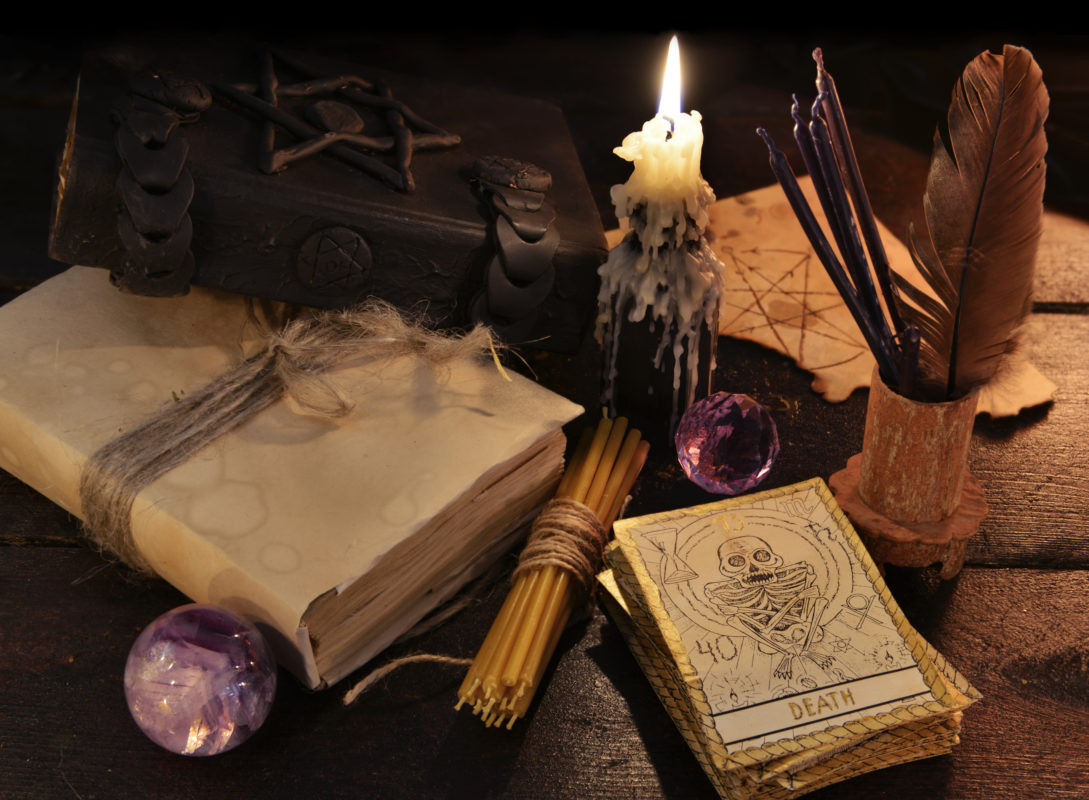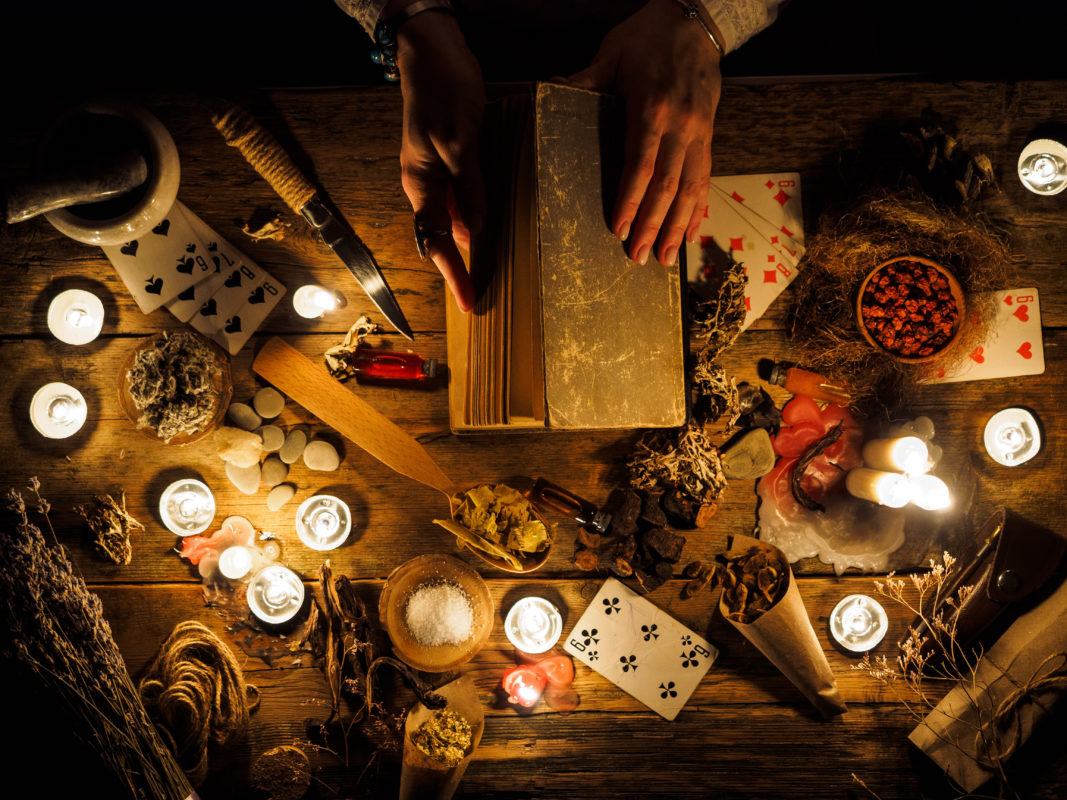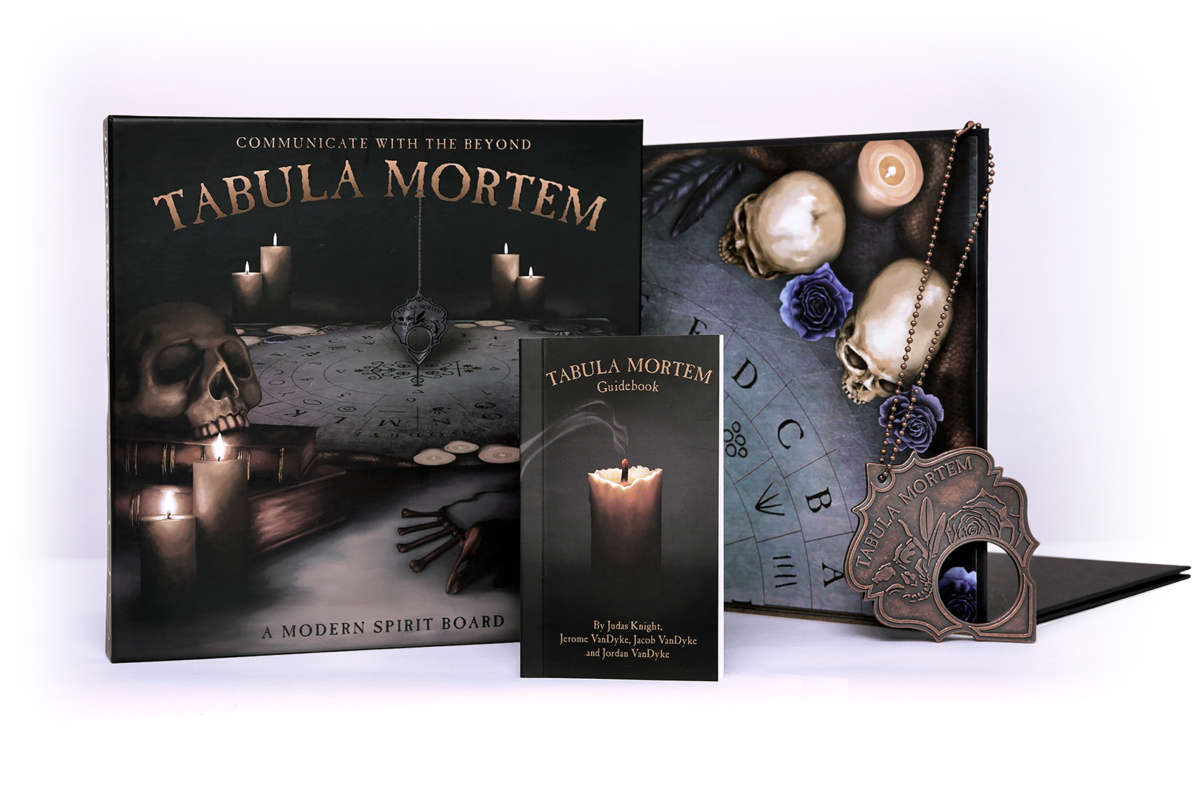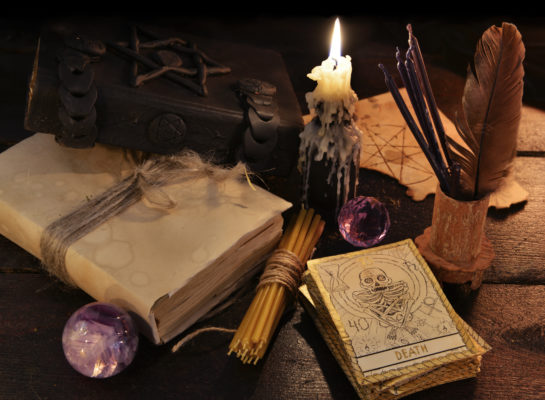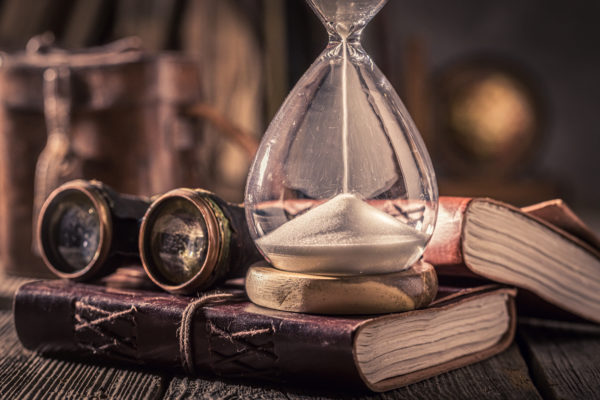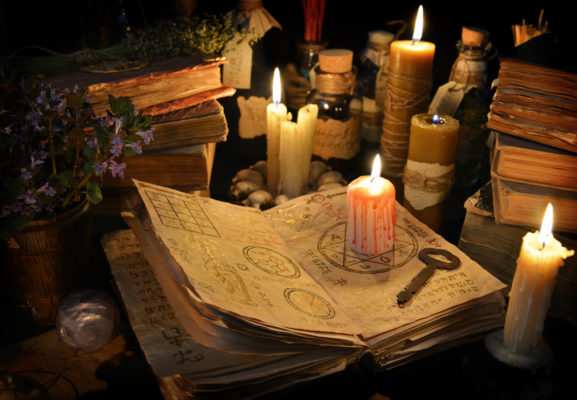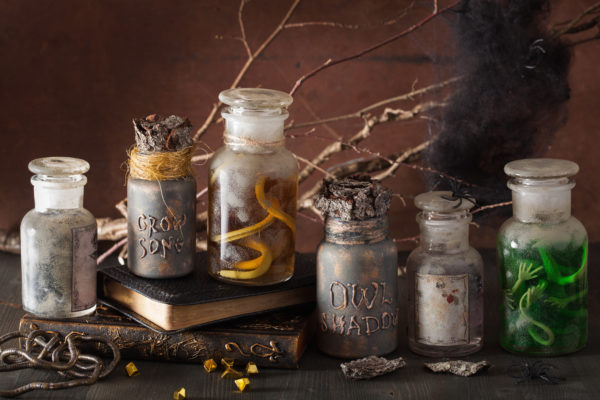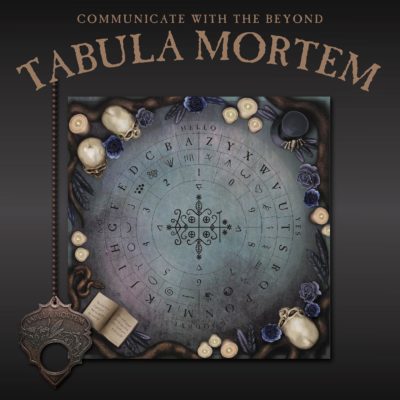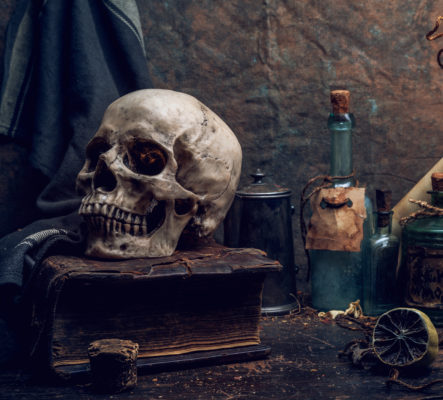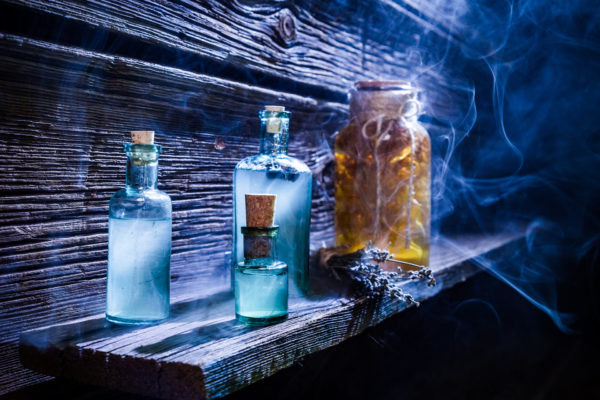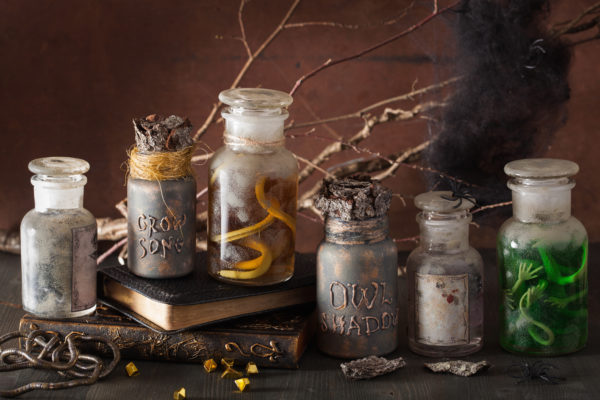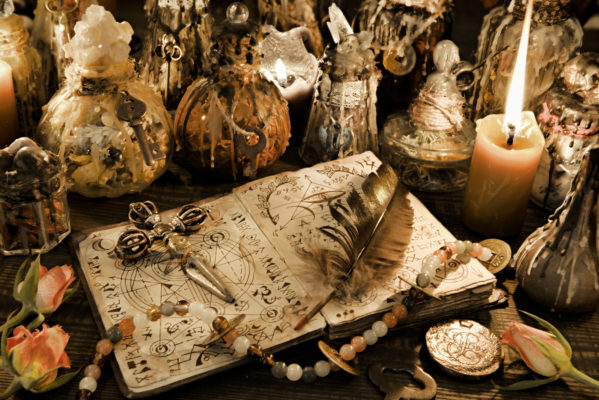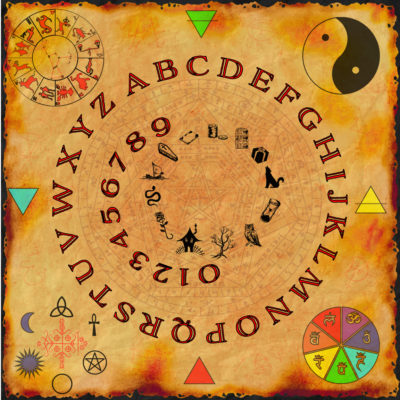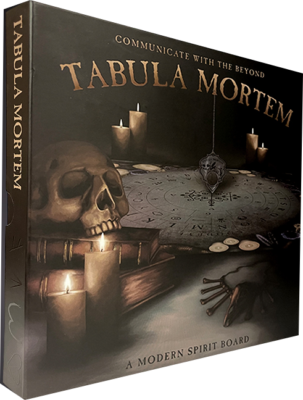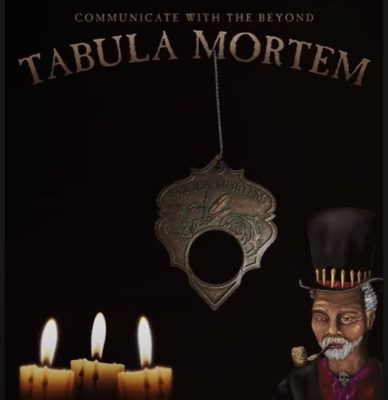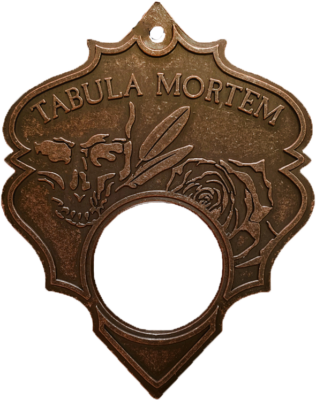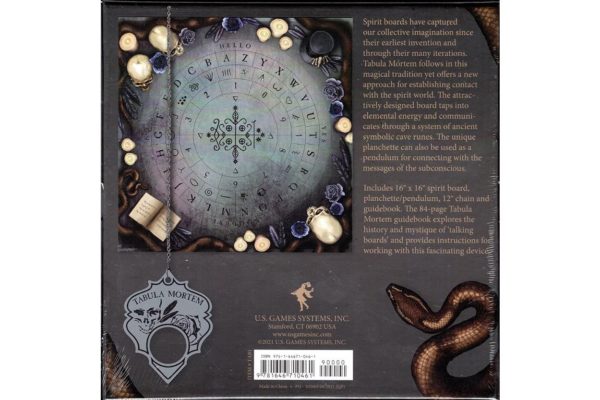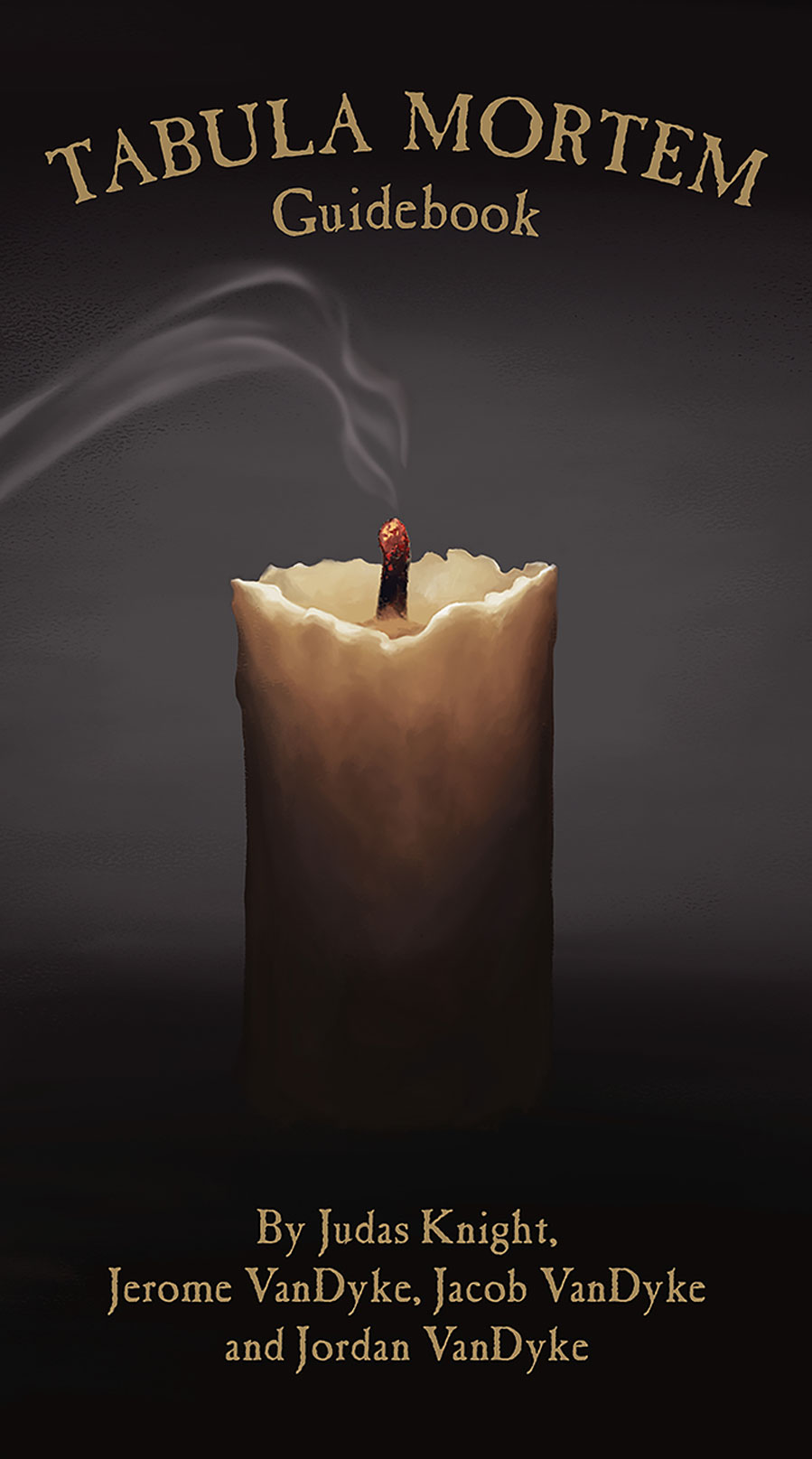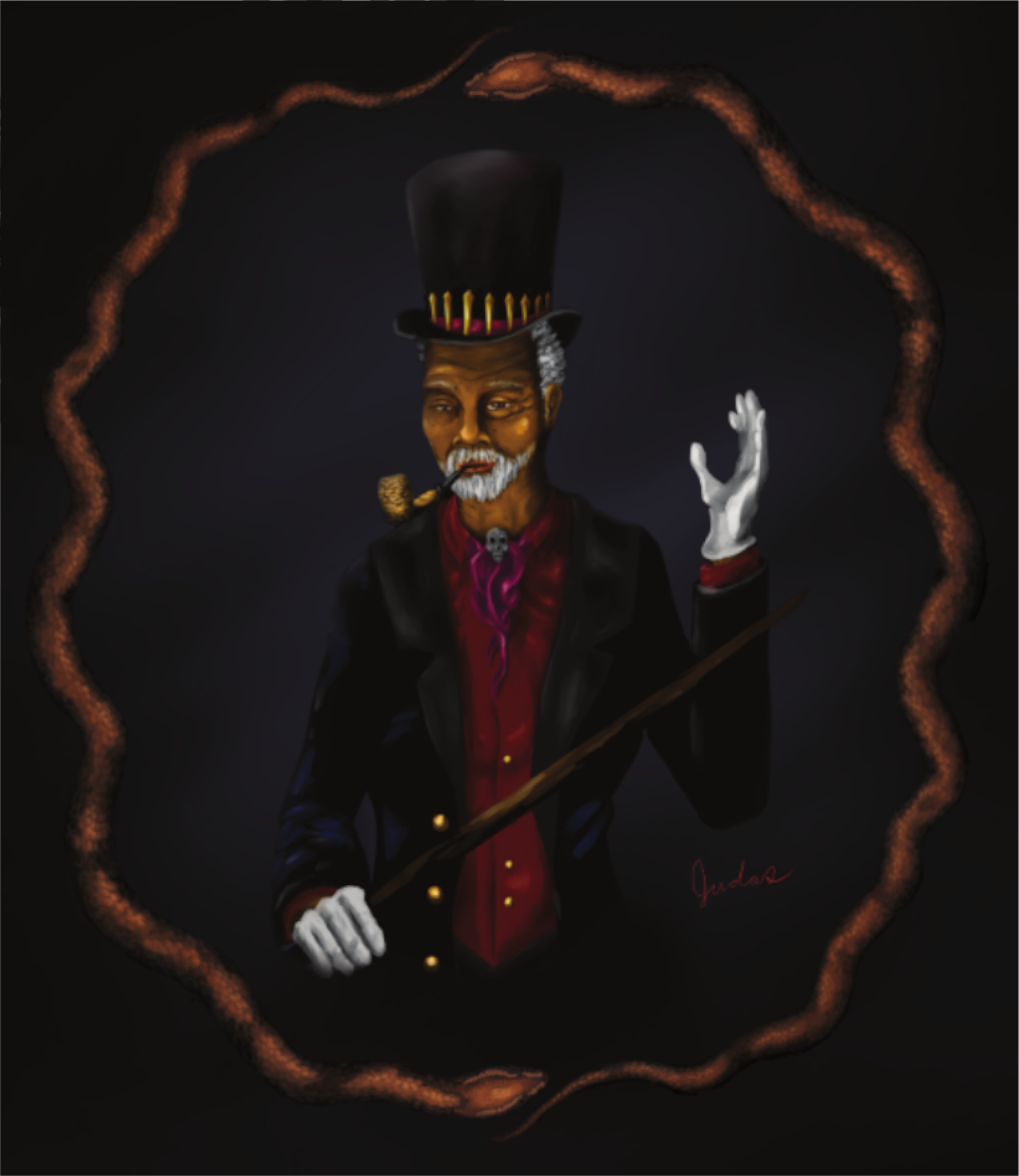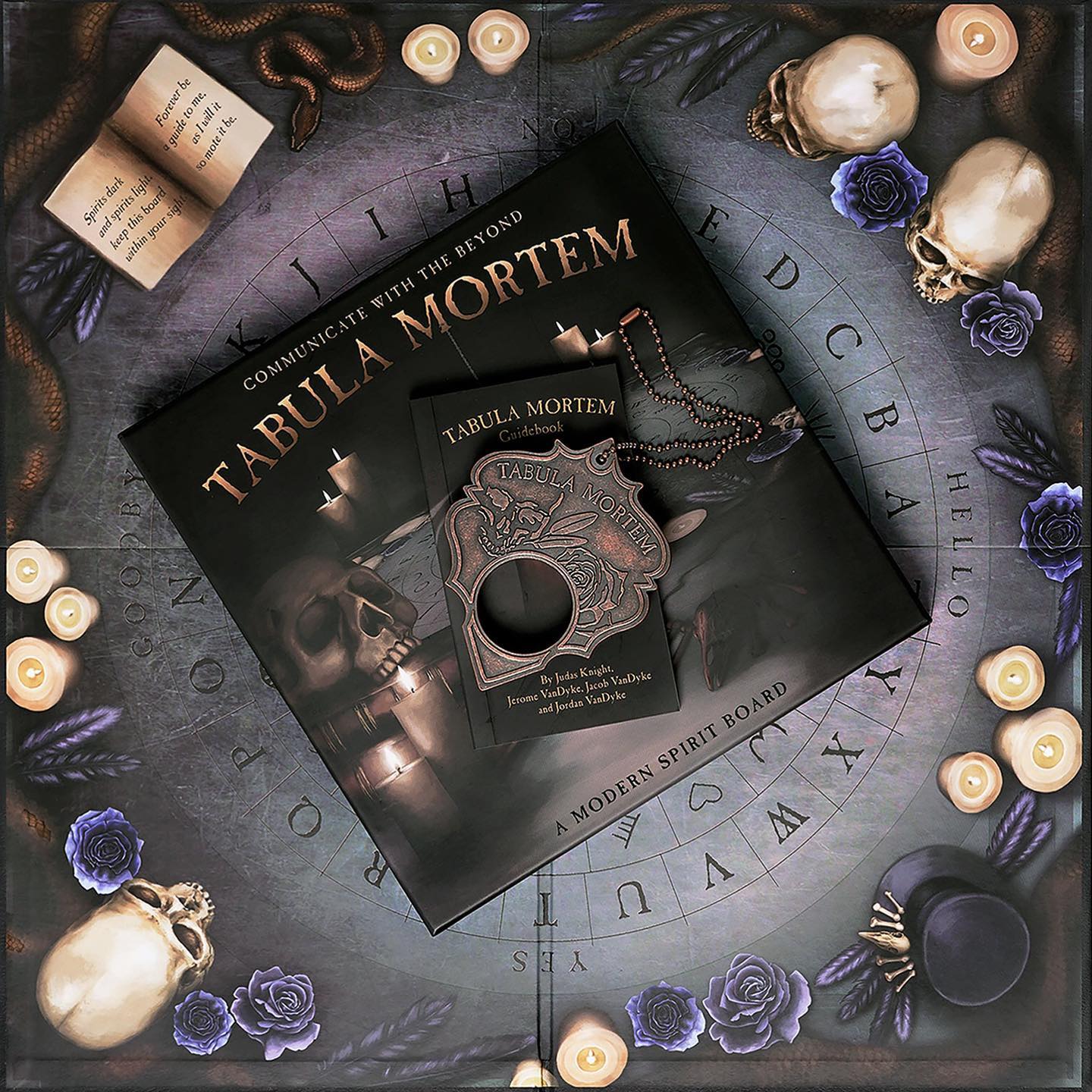Everyone has a moment in life they will never forget.
For me it was when Jerome and I were at our store on a warm summer day, and he came to the front room to tell me Stuart Kaplan was on the phone and wanted to talk to us. For those of you who may not know, Mr. Kaplan was the man largely responsible for the modern popularity of the Tarot deck and with it the western occult tradition. He also uncovered most of what we know about Tarot history in his remarkable books such as the Encyclopedia of Tarot. So why am I talking about a Tarot scholar on a page about The Tabula Mortem? Well, it has to do with the reason he called.
At the time, my husband Jerome and I owned and operated a small store here in the Appalachian Mountains, a magic store that carried Tarot, Runes, and various occult books. One of the things we sold was spirit boards and for reasons I will explain later we had decided to design our own. It always amazes me to look back at life and see how one simple thing can change our lives in ways we never planned. Fate has a way of making fools of us all. Our original plan was to pay an outside company to print the boards and sell them in our store, but fate had other plans and like the Fool I was ready to follow. I had what seemed at the time a very silly thought, maybe we should submit these spirit board drawings to U. S. Games Systems and see if they would like to print them. The reason this seemed foolish is because U. S. Games Systems was a company that published Tarot cards and books but neither of us ever knew of them publishing spirit boards. So, we submitted four spirit board designs to a publisher of Tarot cards on an off chance that they may want them but in truth neither of us ever expected to hear back. That was why Mr. Kaplan was on the phone, and I knew it when Jerome told me, but it still felt unreal. Not only was I talking to a giant in the realm of modern occultism, but he actually was interested in our boards. He told us that he had always wanted to print spirit boards and he would put them before a committee and see what they think.
The next time he called was a mixed blessing. It had been decided that the look of our first boards were too traditional and that may lead to problems down the road. Here they are for those of you who are interested.
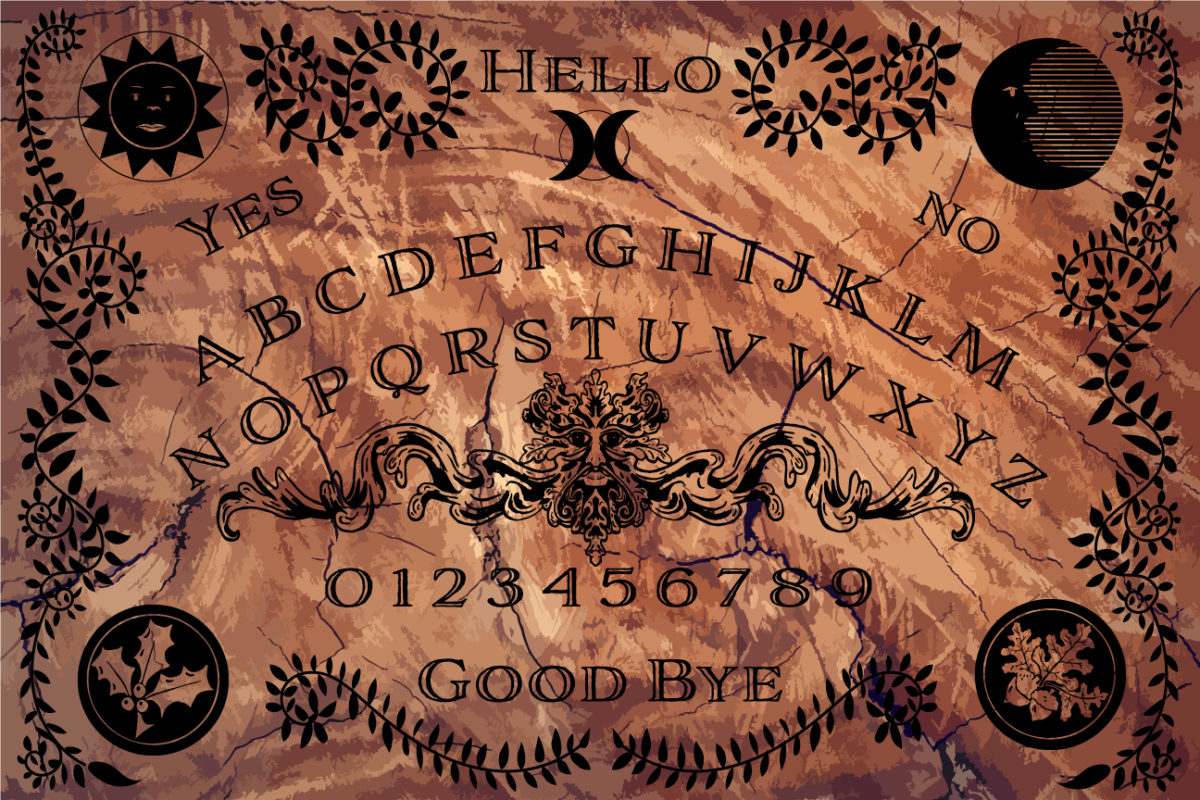
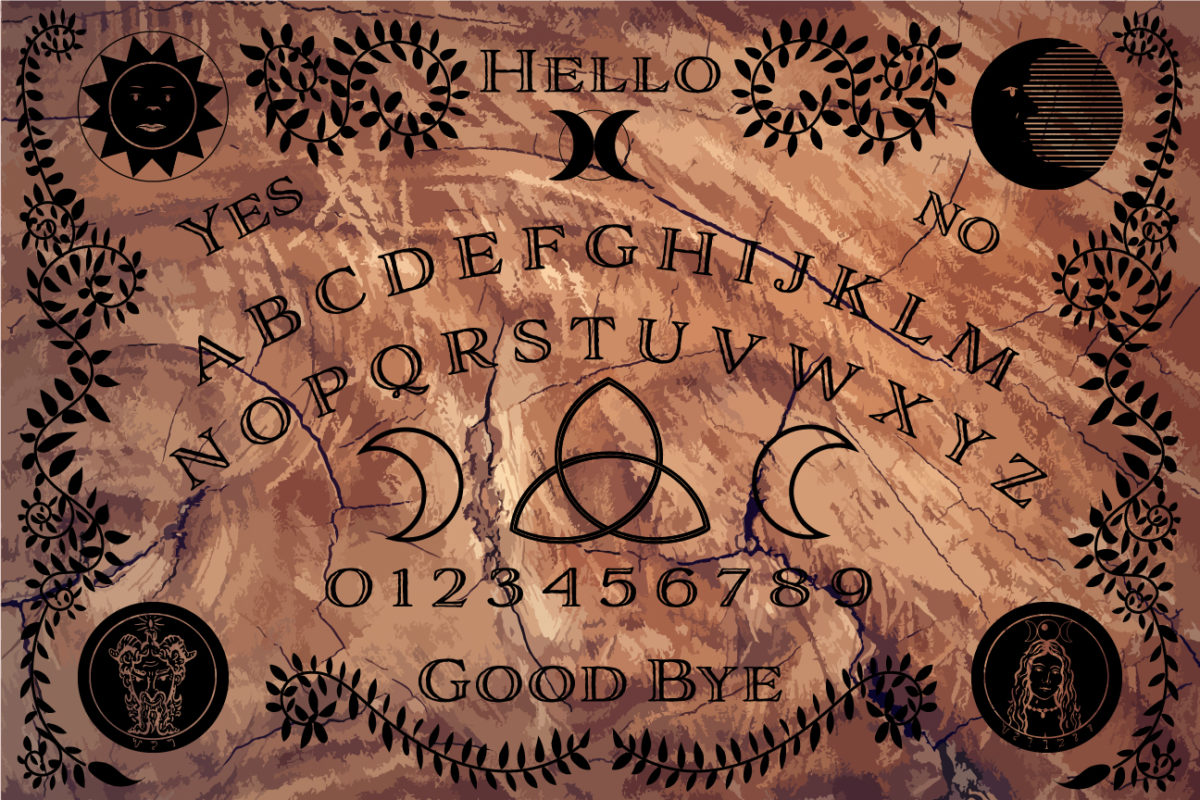
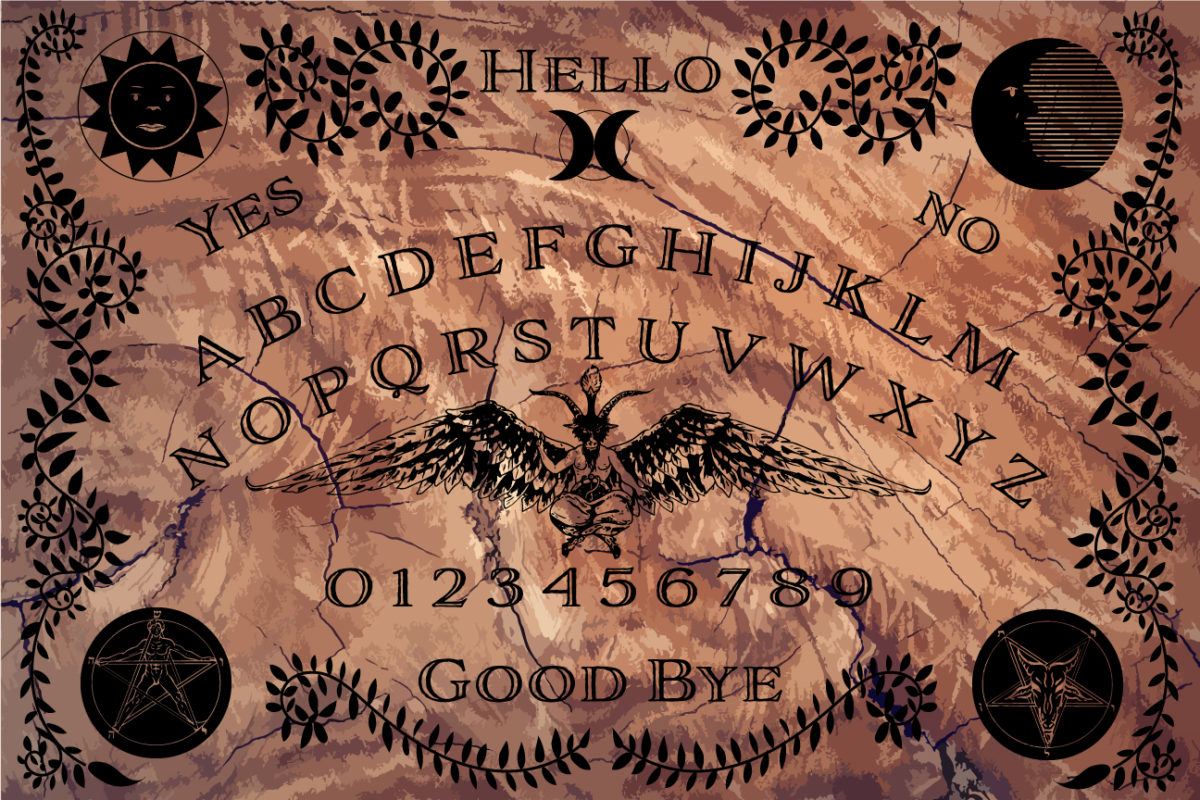
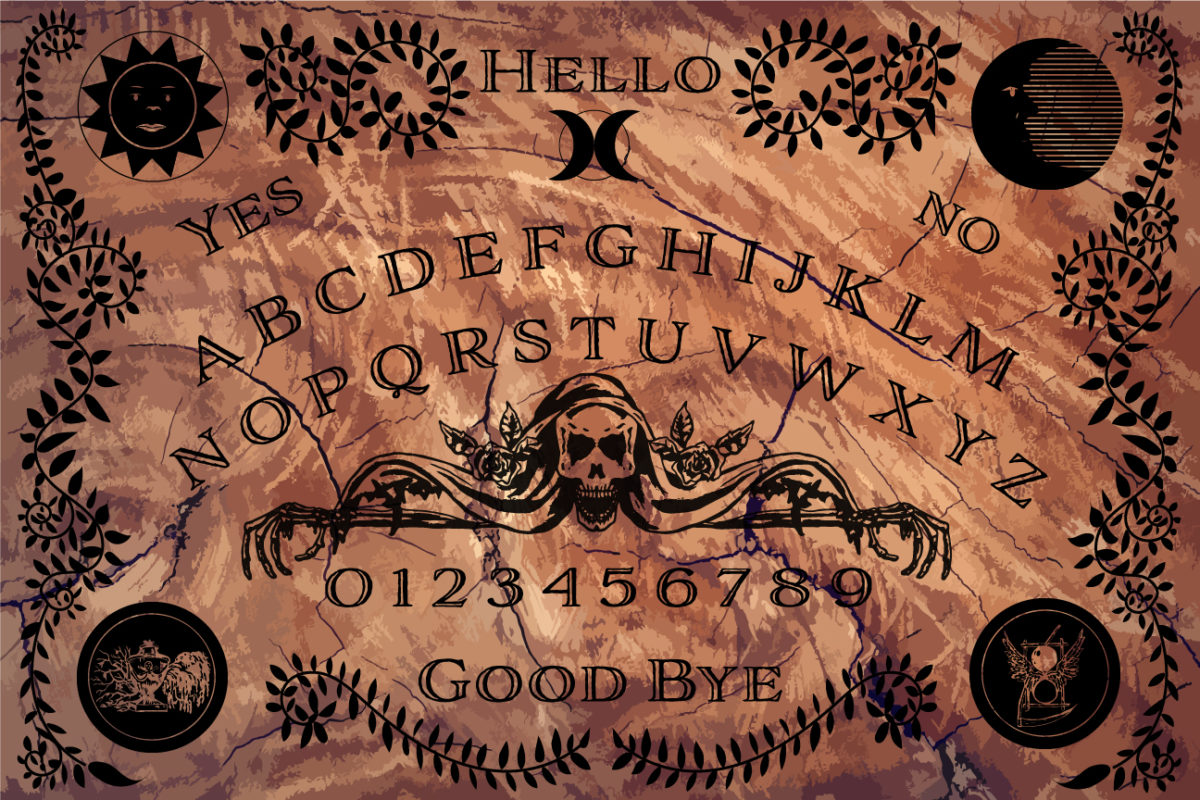
But he had an idea, what if we created something brand new. He suggested that we take the existing concept of a spirit board and completely re-imagine it. He would put the art department at U.S. Games Systems to doing the art and all we had to do was invent it and write a book explaining how to use it.
If there is one thing Jerome and I know it is talking to spirits.
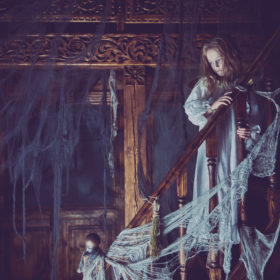
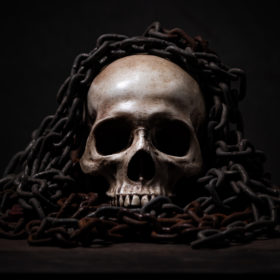
Over the years this seems to be our main pastime to the point that some spirits feel like old friends coming in just to say hi. We have used spirit boards, tarot cards, pendulums, and a lot of homemade devices to contact them, not to mention, dreams, trances, and rituals from old grimoires. So, we felt confident we could design something to make communication with the other side easier.
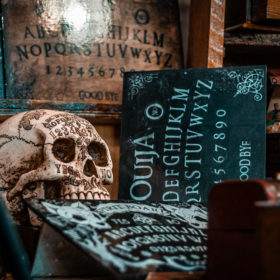
Another thing we felt we had to our advantage was working in a magical store. This had given us a chance to talk to people from all backgrounds who had one thing in common, an interest in magic and the spirit world. Over the three years the store was open we had many customers; some were people who had been involved in magical work for years and some were new to the craft. One of the things that astonished us was the amount of people who knew nothing about magic or occultism in general that would come into the store just so they could talk to someone about a magical experience they have had, whether it was seeing a ghost, remembering past lives, or just walking into a place and feeling another presence. When someone like this came in, they would usually stand around pretending to be looking at products and wait for everyone else to leave. Then they would come over to the counter and began to talk and they would always start their story with “you’ll think I’m crazy”. Of course, we knew what they were telling us was true, at least in most cases. By the end we reckon about one third of the population seems to have a belief in magic in one form or another, but most people are too afraid of how they will be judged by others to talk about it openly. We also learned what people were looking for in magical products. We found that there are a lot of people who are interested in magic and all of these people are different. But there are different buying trends for different consumer groups. We found that people who buy spirit boards are generally drawn more to the darker side of magic then the people who buy herbs and healing crystals. This is not to say that one is good or bad, just that when designing a product, you need to know what your customers want. So, we felt the board had to look dark. This was why we started designing our own boards in the first place.

